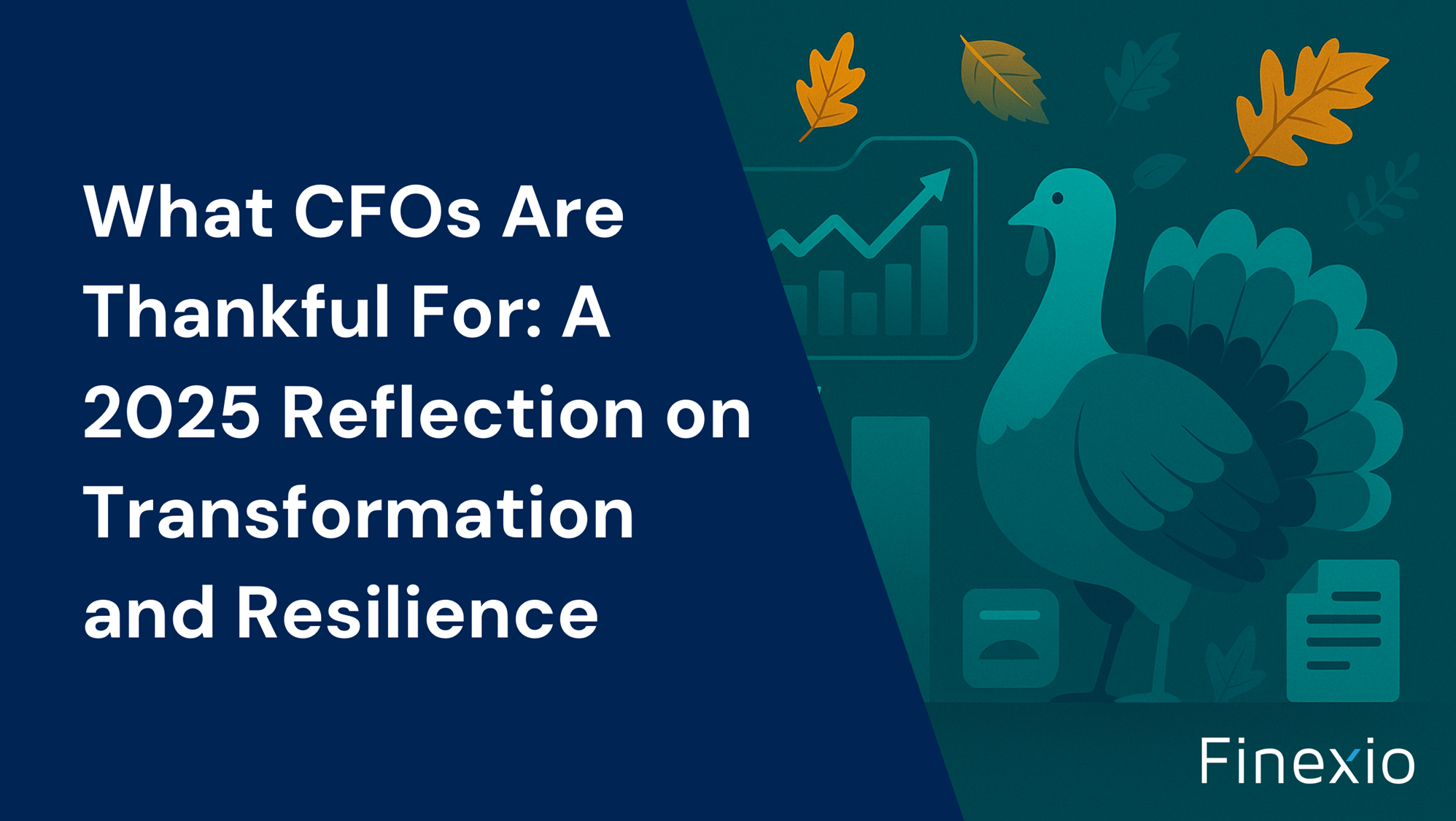Revolutionizing Customer Experience through Payments Transparency


When Dan Geraty founded Clearent in 2005, the credit card payments ecosystem was dominated by banks with little interest in investing in the space, considering credit card payments more of a cash cow than an opportunity for innovation.
Seeing the growth potential, Geraty established Clearent with a singular goal: to offer transparent, seamless B2B and B2C credit card transaction services. From these beginnings, Clearent, which has grown into a global leader in payment processing across North America, is now a division of Xplor, a global platform integrating software, payments and ecommerce-enabling services.
In a recent B2B Cashflow Conversations podcast with Finexio CEO and founder Ernest Rolfson, Geraty described how the payments landscape has transformed to provide B2B and B2C companies with payments services that operate smoothly, efficiently and effectively in the background, so that companies and their customers can operate with confidence.
“When Clearent entered the market, what problem did you want to solve?” Rolfson asked.
“What we saw was a lack of investment in the market, so the customer experience as a result was generally terrible,” Geraty replied. “You wouldn’t find anybody that said they loved their merchant acquirer as a partner. So that’s why we really thought there was an opportunity to build a better platform for our own salespeople, our channel partners, and of course, for the merchants that we work with.”
Geraty explained that the company occupies the role of a merchant acquirer, acting as a middleman between merchants or card acceptors on the one side, and Visa MasterCard on the other side. As a merchant acquirer, Clearent moves the data and funds associated with credit and debit card transactions.
“When you go and swipe your card at a restaurant, there is an authorization that goes out from our network to Visa and Mastercard to determine whether the card is good,” Geraty related. “When the authorization is received, your transaction goes through. At the end of the day, those transactions are batched up, and then come to us. Through a settlement process, we make sure the merchant and other parties in the process get their slice of the transaction. We perform these services now for about 60,000 customers.”
Clearent and other payment processing innovators have transformed the space during the past 16 years, changing what was essentially a commoditized, generic, inefficient process into one where B2C and B2B companies can leverage payments to grow their businesses.
“Merchant acquiring was originally seen in some respects as helping the merchant, helping accelerate receivables and increase ticket size,” noted Rolfson. “The merchant’s attitude today is more like ‘how cheap can I get it’, or ‘I don’t want to pay a fee for taking the card.’ There’s a tendency to discount all the other benefits of processing like eliminating waste and inefficiency. How, in this environment, how do you sell credit card processing?”
“Back in the day, credit card processing was all terminal-based and cards were physically swiped,” Geraty replied. “Today, it’s much more about integrations with software. It’s all about, actually, the fact that payments should disappear into the background. Essentially, that means that transactions shouldn’t be about payments, the payment should happen without anyone thinking about it.”
“While that sounds easy,” he continued, “There are all sorts of mindset changes that need to happen to enable that. We try to win based on service and a better platform. With the acceleration towards payments actually disappearing into the background, merchants are getting more value out of platforms like Clearent despite having to pay for card acceptance.”
Rolfson agreed, saying, “When we get questions about why organizations would want to offer payments by card, we always talk about the value behind it. If it’s solving a problem for them, then they need to pay the fees.”
Geraty emphasized that customers of both B2C and B2B companies expect to pay with their cards. “If you’re in the business of delighting your customers, you are not going to end that experience and tell them that they have to pay with checks or cash,” he said. The pandemic accelerated the curve towards electronic payments, he added, increasing the value proposition for efficient and effective credit card processing.
“What areas is Clearent seeking to expand into?” Rolfson asked.
“We like to buy into verticals where software is mission critical,” Geraty responded. “We’ve acquired software providers recently in the HVAC services space. Think about companies that have between 10 and 50 trucks on the road servicing HVAC customers. Instead of using Excel or Google spreadsheets, there’s a big opportunity for software to manage payments, scheduling and other aspects of the business.”
“It used to be that they would fix your system and you’d get a bill 30 days later,” he continued. “Now the technician brings a tablet with them, and customers pay with a credit card right at the point of service. There are many other features that the software offers including truck routing, matching technicians with jobs, and so forth. This is mission critical to the field service solution provider.”
As the credit card payments space continues to innovate, B2B and B2C companies have more opportunities than ever before to optimize their payments infrastructure to streamline the payments experience, realize revenue from receivables and delight their customers.
Discover how innovations in payments can help your business generate revenue while giving your customers a better experience. Book A Meeting with one of our payments experts to get started!
Get the free Newsletter
Get the latest information on all things related to B2B and electronic payments delivered straight to your inbox.




